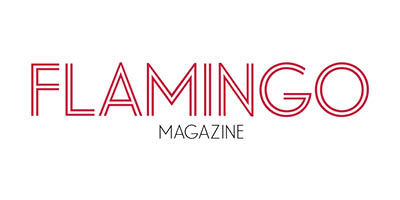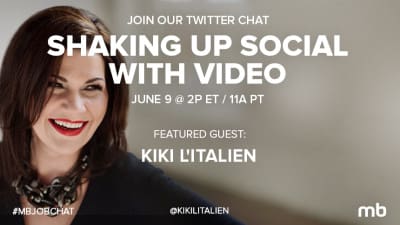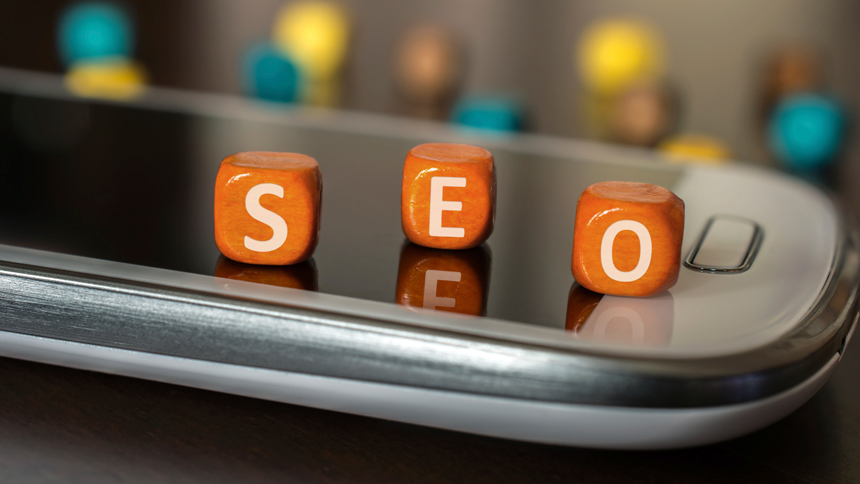“Creative director”: Hey, you’re creative. And you always thought you’d be good at directing stuff. But do you know what the title actually means? What skills and experience do creative director jobs require? We have answers for you.
What exactly does a creative director do?
A creative director determines the creative vision of a brand or project and manifests that vision through digital, print, and film installations and design. The job is to maintain a cohesive look and feel of a project—an advertising campaign, fashion line, video game, or magazine—by ensuring the visuals, messaging, and/or interactive and motion designs are on point. A creative director also establishes budgets and timelines and manages client relationships.
Also on Mediabistro
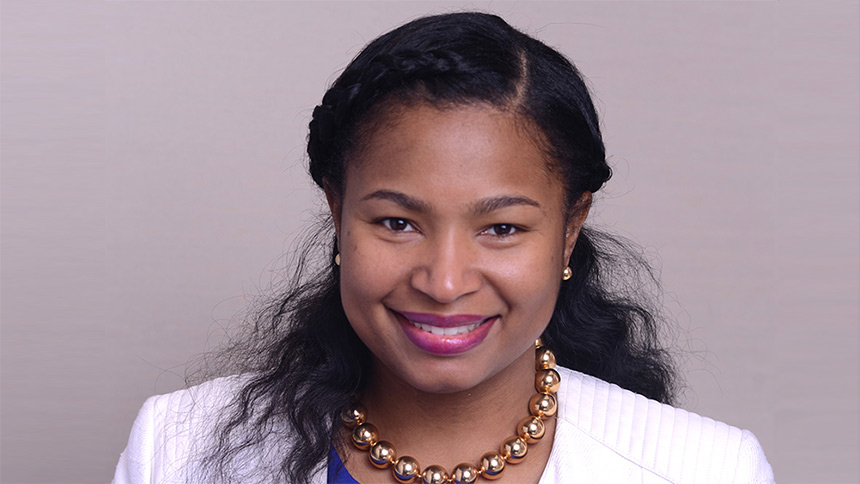
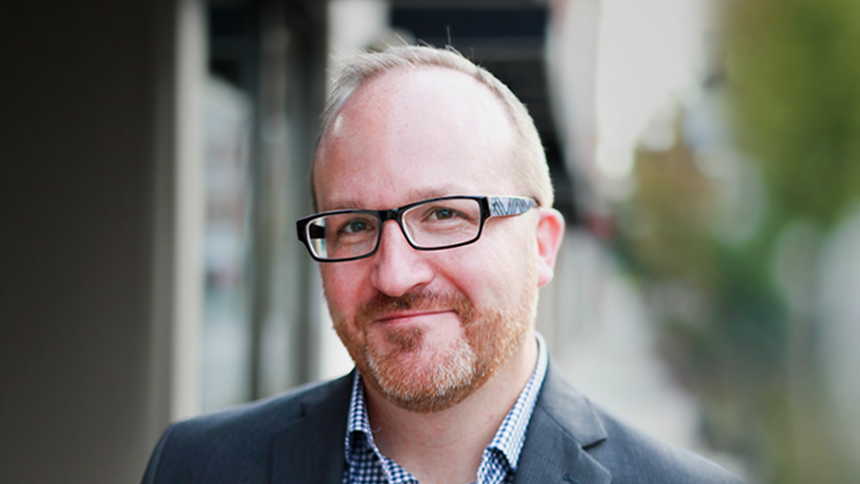
While daily duties may vary depending on the industry and the company, leading and inspiring others is key. Mike Lichter, creative director at Cardwell Beach, a digital marketing agency in Brooklyn, New York, agrees. “Creative director is a bit of a misnomer; a more appropriate title would be thought wrangler,” he says. “A creative director’s main role is to guide—to recognize, nurture and protect people’s good ideas.”
What skills do you need as a creative director?
Besides creativity (duh), you need humility, perspective, openness, and resolve—and the wisdom to know which to employ and in what combination, says Lichter. And it would be best if you had a good dose of doubt. “Doubt can be crippling, but it can also be empowering because it causes you to question your assumptions and evolve your thinking,” he says. “It helps temper ego, which can crush collaboration, the lifeblood of the creative process.”
Nick Ace, creative director at Collins, a brand consultancy in New York, says you also need knowledge of art history, design history, pop culture, and counterculture. You have to keep up with art, technology, politics, and social issues. “Everything can be relevant if you allow it to be.”
Who is a creative director’s boss?
It depends on the workplace. Ace reports to the chief creative officers at his agency, but the creative director at a magazine may report to the publication’s editorial director.
Are there other titles with similar responsibilities as a creative director?
- Art Director: Often seen in advertising agencies, publishing, or in-house creative departments, an Art Director focuses more on visual design elements. They may not have as broad a scope of responsibilities as a Creative Director in terms of strategy and client interaction but are deeply involved in guiding a project’s visual aesthetics.
- Design Director: Similar to an Art Director but often more encompassing, a Design Director might oversee multiple design disciplines, such as graphic design, UI/UX, and sometimes even product design. They’re usually responsible for maintaining design consistency across different departments or projects.
- Chief Creative Officer (CCO): This C-level role oversees the creative strategy at an organizational level. The responsibilities are broader than those of a Creative Director and usually encompass the overall creative vision and execution for an entire company or division.
- Head of Creative: This title is often interchangeable with Creative Director, but in some organizations, the Head of Creative may have a more managerial focus, including staffing, budgeting, and broad strategic planning for the creative team.
- Content Director: In industries focused on content creation, like publishing or digital media, a Content Director might function similarly to a Creative Director but with a focus on editorial content rather than visual design or branding.
- Brand Director: Found in companies that heavily emphasize brand identity, a Brand Director oversees how all creative projects align with the company’s brand guidelines and strategic objectives. This role often requires a mix of creative and business acumen.
- Creative Lead or Creative Designer: A creative lead is generally a lower-ranking role than a Creative Director but with similar functions. A Creative Lead is often responsible for leading specific projects rather than an entire creative department.
- Executive Creative Director: This role is usually more senior than a Creative Director and often involves overseeing multiple creative departments or even the creative output of an entire company. It’s more strategic and less hands-on than lower-level director roles.
- Creative Manager: This is a more junior role, often in smaller teams or companies. While the scope might be similar to a Creative Director, the level of responsibility and influence is generally smaller.
- Visual Director: Typically found in the fashion and retail industries, a Visual Director oversees the overall visual presentation of products, from in-store displays to online images.
What do I need to get ahead in this position?
Be transparent. Make sure everyone on your team knows exactly what they need to succeed and what you expect from each of them to make it happen. Work to communicate your vision to your team and instill in them a passion for executing toward designing that vision.
Understanding the Financials of Creative Director Jobs
Delving into the financial aspect, it’s essential to realize that the remuneration for creative director jobs can vary widely depending on the industry, the size of the company, and geographic location. However, the role often commands a respectable salary given its senior-level responsibilities. According to data from Glassdoor, the average base salary for a Creative Director in the United States is around $125,621 as of 2023, but this can go up significantly with bonuses, profit sharing, and other incentives.
Understanding the financial package is crucial, especially if transitioning from a mid-level role like an art director or a senior designer. It’s not just about a paycheck; it’s about comprehending the fiscal responsibilities of the position, like budget allocation, client billing, and team resource planning.
Why Soft Skills Matter in Creative Director Jobs
When discussing creative director jobs, much emphasis is put on hard skills like design proficiency, project management, and industry knowledge. However, soft skills like communication, leadership, and emotional intelligence are just as critical, if not more so. The role involves frequent liaising with upper management, clients, and team members. Having a knack for articulating creative visions in a way that non-creative stakeholders can understand can be a significant asset.
Moreover, creative directors must often maneuver through complex workplace dynamics and politics. This calls for high interpersonal skills, adaptability, and problem-solving abilities. Your role as a creative director will extend far beyond the drawing board; it will involve rallying your team, inspiring confidence in your clients, and maintaining a positive, productive work environment.
Navigating Career Progression in Creative Director Jobs
If you’re eyeing a long-term career in creative direction, focusing on continuous learning and adaptability is essential. The creative landscape is ever-changing, largely thanks to technological advancements and shifts in consumer behavior. Keeping abreast of new tools, platforms, and industry trends is not optional but necessary. Career progression may also involve lateral moves into related fields like marketing strategy, brand consultancy, or executive roles overseeing multiple departments. Some creative directors also diversify by engaging in entrepreneurship, teaching, or taking on advisory roles. It’s a multifaceted career path that offers various avenues for growth, provided you’re willing to keep expanding your skill set and are open to embracing new challenges.
How can I get my foot in the door?
A fine arts degree such as a BFA or MFA is helpful, but it may take more than that to break into creative direction. “It’s like anything else these days,” says Lichter. “You need to know someone or, better yet, someone needs to know you.”
Ace advises rookies to identify the companies they want to learn from and apply there. Then try your hand at a little bit of everything, figure out what moves you, and work your way up the ranks.
Check out open creative director positions and other digital media jobs on Mediabistro’s job board.
FAQs on Becoming a Creative Director
Q: What does a Creative Director do?
A: A Creative Director sets the creative vision for a brand or project across various platforms, such as digital, print, and film. They ensure the project’s visuals and messages align with this vision while managing budgets, timelines, and client relationships.
Q: What skills are essential for a Creative Director?
A: Essential skills include creativity, humility, perspective, openness, and resolve. A deep understanding of art and design history, pop culture, and social issues is crucial. Doubt is also a beneficial trait for questioning assumptions and fostering collaboration.
Q: Who does a Creative Director report to?
A: Reporting lines vary by workplace. In some agencies, Creative Directors report to Chief Creative Officers, while in magazines, they might report to the Editorial Director.
Q: Are there other titles similar to Creative Director?
A: Yes, similar roles include Art Director, Design Director, Chief Creative Officer (CCO), Head of Creative, Content Director, Brand Director, Creative Lead, Executive Creative Director, Creative Manager, and Visual Director, each with varying responsibilities and focus areas.
Q: How can one advance in a Creative Director position?
A: Advancement involves transparency with your team, clear communication of vision and expectations, and fostering a passion for the project. Understanding financials and developing soft skills like leadership and emotional intelligence are also crucial.
Q: What is the salary expectation for a Creative Director?
A: The average base salary for a Creative Director in the United States is around $125,621 as of 2023, but it can increase with bonuses, profit sharing, and other incentives.
Q: Why are soft skills important for a Creative Director?
A: Soft skills such as communication, leadership, and emotional intelligence are vital for liaising with management, clients, and team members. They help articulate creative visions and navigate workplace dynamics.
Q: How can someone start a career as a Creative Director?
A: Starting requires a fine arts degree (BFA or MFA) and building connections within the industry. Gaining diverse experience and identifying companies to learn from are recommended steps to break into the field.
Q: What does career progression look like for Creative Directors?
A: Career progression may include continuous learning, staying updated with industry trends, and possibly lateral moves into related fields. Growth opportunities are diverse, from marketing strategy to entrepreneurship.
Q: How important is a formal education for becoming a Creative Director?
A: While a BFA or MFA is helpful, breaking into the field significantly depends on networking, gaining practical experience, and showcasing your creative capabilities.





